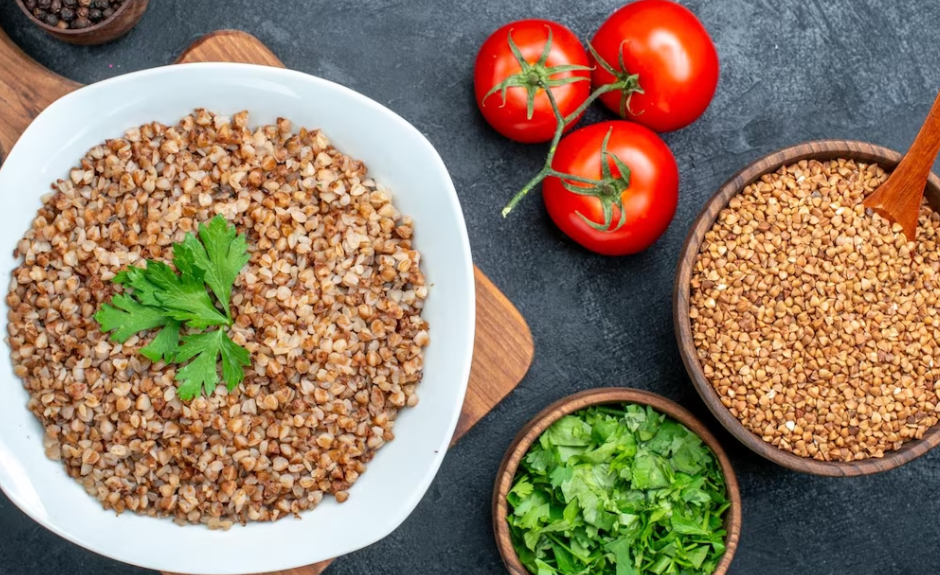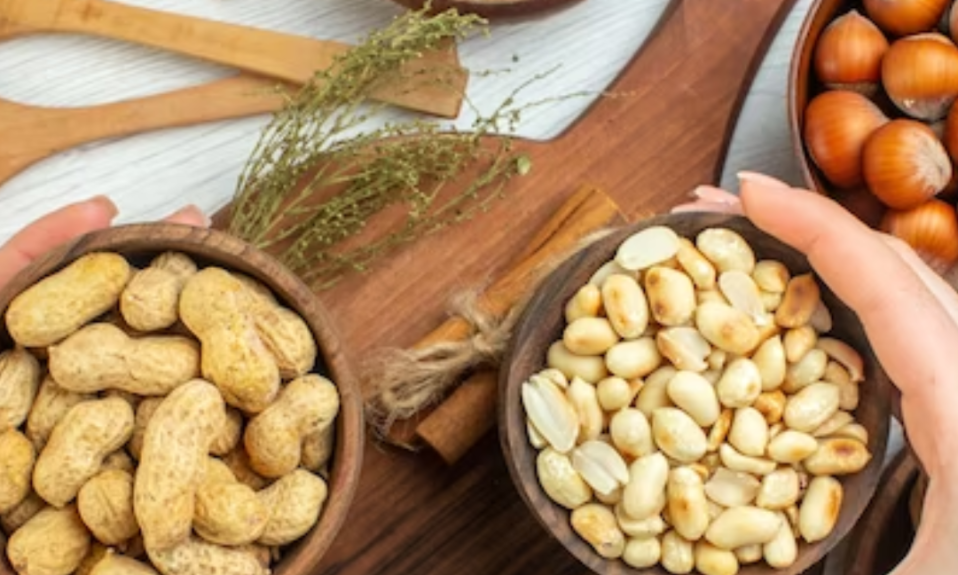Are you looking for healthy nutrition tips for kids? Due to hectic daily agendas, it can be challenging for many families to gather around the dinner table for home-cooked meals regularly. Instead, children may often rely on the convenience of takeout and processed foods which can negatively impact their health.
These unhealthy eating habits can not only affect them in the short term but can also lead to health issues that persist into adulthood and even become chronic diseases.
Top Healthy Nutrition Tips for Kids
Eat veggies
Eating fruits and vegetables with each meal is essential for good health. One way to encourage this is by making them visually appealing, as kids tend to be drawn to colorful foods. Showing them how to “eat the rainbow” by incorporating a variety of colorful fruits and vegetables into their diet will ensure they receive all the essential nutrients their body needs.
Mix it up
Continuing to offer your children a diversity of food options is crucial. It’s a common misconception that children only enjoy plain food, and that’s why most restaurants’ kids’ menu consists of chicken grilled cheese, hamburger, or nuggets and fries. But most children will willingly try different foods even if they are new to them, as long as they are hungry. Do not restrict their opportunities to experiment with nutritious foods by not providing them with a range of options.
Processed foods
Processed foods should be kept to a minimum as they often contain large amounts of added sugar and salt. While it’s okay to indulge in treats like cupcakes or chips occasionally, make sure it’s not part of your daily routine. Encourage healthy snacking by providing alternative options such as nuts, fresh produce, fruits, or hummus.
Choices and choices
Empower children by giving them options when it comes to food choices. Children have a natural desire for autonomy and autonomy, so allowing them to make decisions about their meals is a great idea. Start by visiting the farmer’s market or grocery store together and letting them choose one or two vegetables they enjoy. Encourage them to assist with meal preparation at home. Research has indicated that children who actively participate in meal preparation tend to have a lower risk of obesity and diabetes and tend to consume healthier and more nutritious foods overall.
Move on from meat
Like grown-ups, children benefit from a diet that includes less animal protein. However, many other food sources can provide protein for our diets. Alternatives to meat-based protein include beans, nuts, edamame, nut butter, and whole grains. Not only are these options more versatile and delicious, but they are also often more cost-effective than meat.
Keep carbohydrates cool
Carbohydrates are vital for the proper functioning of both brains and muscles, particularly in active and growing children. The Academy of Nutrition and Dietetics suggests that the most beneficial carbs are those found in whole-grain bread, cereal, and pasta; brown rice; fruit; potatoes; beans; and peas as they do not only provide energy but are also rich in minerals, vitamins, and dietary fiber. It is important to limit the consumption of processed baked goods, sweets, and sugary drinks, as these foods offer little nutritional value beyond providing an instant boost of energy.
Do not fear fat
Fats play an important role in both children’s and adults’ diets, as they provide energy and contain essential fatty acids needed for various bodily functions. It’s recommended that fat should make up no more than 30% of a child’s calorie intake, and no more than a third of those fats should be saturated fats. To promote a healthy diet, it’s best to limit processed foods high in saturated fats like hot dogs, bacon, and hamburgers and opt for healthier fats found in foods such as avocados, nuts, or nut butter instead.













